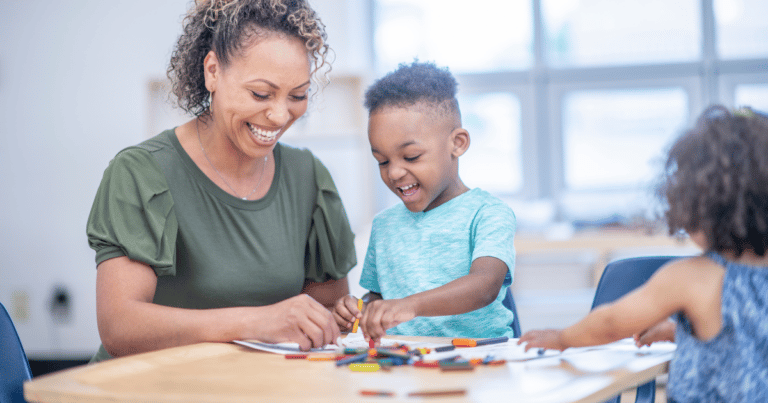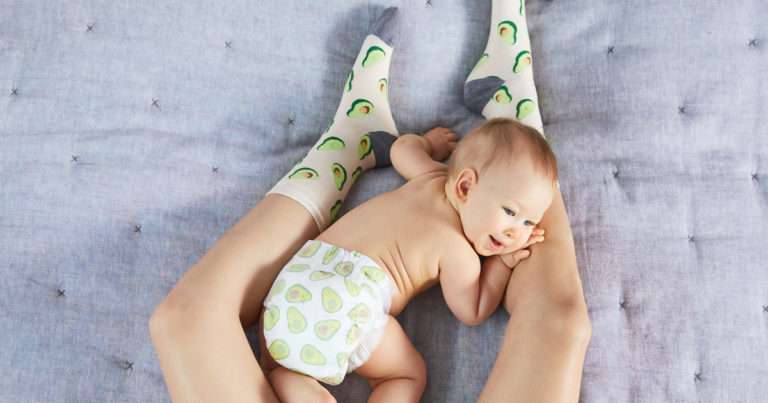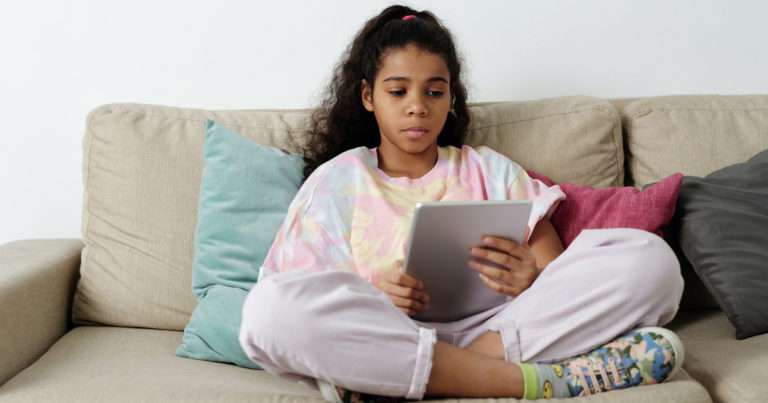
Anxiety is a normal human emotion that everyone experiences occasionally, but when it becomes excessive and persistent, it can be a cause for concern, especially in children. Childhood anxiety can manifest in various ways and can affect a child’s daily life, including their academic, social, and family interactions.
Unfortunately, many parents and caregivers may not recognise the signs of anxiety in their children or may dismiss them as typical childhood behaviour.
Identifying and addressing childhood anxiety early on is crucial to prevent it from affecting the child’s mental health and overall well-being.
In this article, we will discuss how to spot childhood anxiety and provide tips on what parents and caregivers can do to help their children manage and overcome their anxiety.
Further reading: 17 Children's books about anxiety and worry.
How to spot childhood anxiety
Much like our children, childhood anxiety is unique, special and sometimes hard to categorise. Everyone experiences it differently and to varying degrees.
Here are just some of the signs to look out for.
Asking lots of questions
An anxious child may ask the same question over and over or different questions around the same subject/topic.
Children with anxiety seek reassurance that their world is safe, secure and can be soothed. Their brain tells them something about this topic is unsafe, unknown and dangerous.
Remember, our adult brains have logical, reasoning and thinking centres far more developed than children, and in these moments, these parts are switched on and working. For our children, they most likely are not. You might have answered and answered well, yet they are still asking.
Sleep challenges and childhood anxiety
When a child is experiencing anxiety, they can find it hard to go to sleep, night waking and nightmares.
Their gorgeous brains are spinning around and around in emotions, thoughts and images. They cannot switch it off easily. Going to sleep for some children can be experienced as dangerous either from early trauma, current home situations (DV, recent separation, parents changing jobs, new sibling) or fears.
If we think about our evolution, we needed our caregivers close within the same room/cave to ensure we weren’t another animal’s dinner. We might be in houses and safe from being hunted now, yet, our brains and especially defenseless children’s brains still activate their stress responses.
Implosive behaviours
Many behaviours could be signs of childhood anxiety. These include but are not limited to:
- Crying a lot
- Whinging
- Self-harm,
- Needing to be perfect
- Changing personality to fit in with different groups
- Verbalising negative thoughts
- Being withdrawn
- Not participating in activities at school, at home or socially,
- Inability or appearing unwilling to do things their peers might be enjoying or engaging
Explosive behaviours
Often children with anxiety who fall more into this category get incorrectly labelled as ADHD (Attention deficit hyperactivity disorder) They express their fear outwardly, unlike implosive people who express it inwardly.
Explosive anxious people can move around a lot, fidget, pace around, be physical when their system is overwhelmed, yell, scream, and be defiant because they need to control anything to ease the anxiety. They repeat sounds or words or phrases like a mantra or broken record. It is annoying to us and soothing to them – they get to focus on one singular thing. I dare you, try it. They also might get physical by hitting, kicking, destroying or throwing items, as the feelings inside are so overwhelming they need to release them and get them out.
WAYS TO EASE CHILDHOOD ANXIETY
Find your calm
When a child is experiencing anxiety, it can be challenging for both you and your child. You may feel overwhelmed and unsure of how to help your child feel better, which can lead to frustration and anxiety for both parties.
However, it is crucial to remain calm when helping an anxious child. They look to their parents for reassurance and support, and if the parent appears anxious or stressed, it can exacerbate the child’s anxiety.
Remaining calm and composed can help your child feel safe and secure and allow you to think more clearly and respond appropriately to your child’s needs. Additionally, modelling calm and confident behaviour will help your child learn to manage their own anxiety in the future.
Listen, validate and support
Listen to your child’s anxious thoughts and fears.
Validate them, doesn’t mean agreeing.
To validate your child’s experience, you could say one of the following:
“Gosh, that would be frightening and scary.”
“Wow, I can see why you’re afraid to go to sleep if that is what your brain tells you.”
Support means bringing some perspective and coping tools into the mix.
Seek professional support for your child and yourself
As someone with experience with anxiety, I understand how difficult it can be to see a loved one, especially your child, struggle with this overwhelming emotion.
While it’s natural to want to help your child independently, it’s essential to recognise that professional support may be necessary.
Anxiety can be complex and challenging to manage, and a trained professional can offer valuable insight, guidance, and support.
A mental health professional can help your child develop coping skills and strategies to manage their anxiety and provide a safe and supportive space for them to express their emotions. Seeking professional support can also help alleviate some of the pressure and stress of parenting a child with anxiety, allowing you to focus on providing your child with love and support.
Incorporate natural remedies that the children can control and create themselves
Autonomy and ownership over their anxiety are valuable skills that could help your child. This can include things like:
- Meditation and mindfulness
- Healthy diet
- Exercise
- Seeing a naturopath for a holistic approach
- Using essential oils and flower essences
I’ve seen incredible outcomes from flower essences and essential oils in my professional and personal life.
My boys tell me how stressful their day was by asking for their self-care tools at night. I know it’s been a challenging day if they ask for the meditation app, essential oil diffuser, foot massage, and/or flower essence drops. Conversely, they indicate when it’s been a calmer day by asking for none or some of those self-care tools.
My final word on childhood anxiety
There is a scientific saying:
“What fires together wires together.”
This is about our brains wiring pathways together when they are experienced together. Childhood anxiety doesn’t have to be a lifelong struggle. Trying the above suggestions can help wire and rewire your child’s brain for calm, quiet and filled with coping strategies.
As someone who cares deeply about the well-being of children, I hope this article has provided you with valuable information on how to spot childhood anxiety and what you can do to help your child manage it.
Anxiety is a normal human emotion, and it’s essential to approach it with compassion and understanding. By creating a safe and supportive environment for your child, encouraging open communication, and seeking professional support if necessary, you can help your child develop the skills and confidence needed to manage their anxiety and thrive.
Remember, as a parent or caregiver, you are not alone, and there is always help available. With patience, persistence, and the proper support, you can help your child overcome their anxiety and lead a happy and healthy life.













